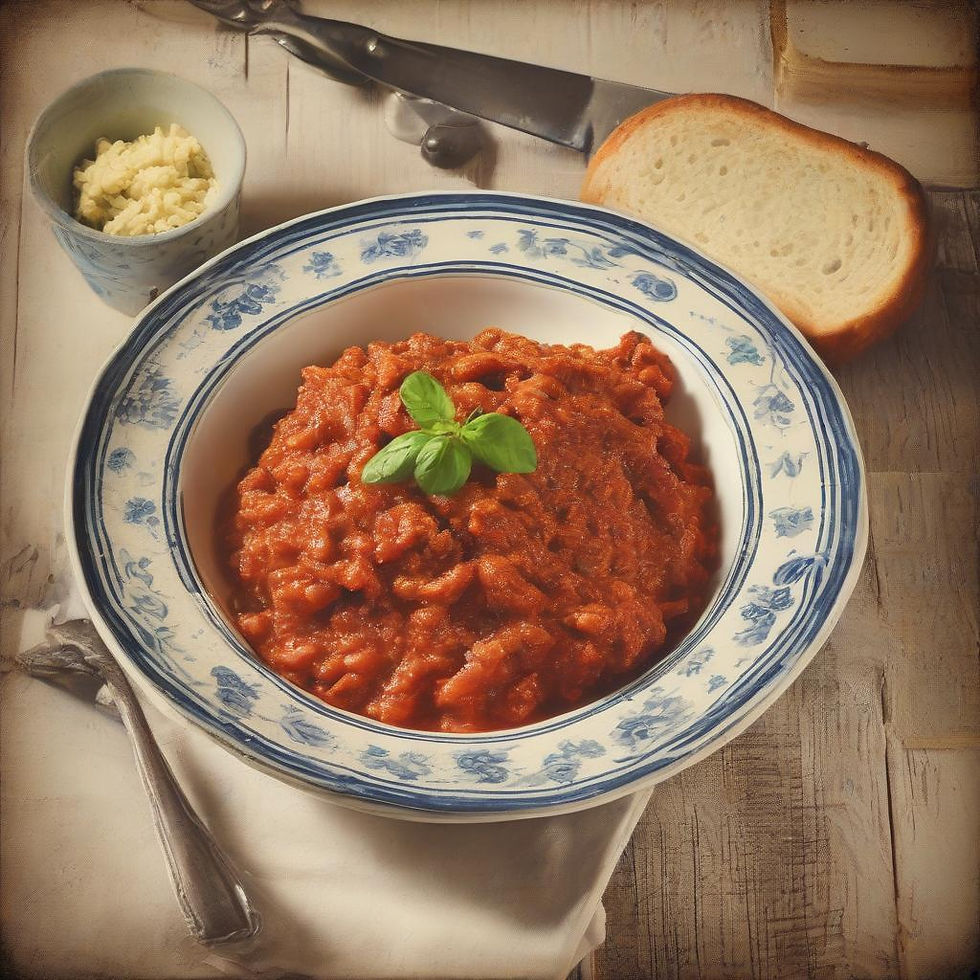The Charm of Neapolitan Taralli: A Taste of Tradition
- Giu

- Feb 18, 2024
- 3 min read

In the heart of Naples, where the aroma of freshly baked goods floats through ancient streets, a humble yet iconic snack has been satisfying the cravings of both locals and visitors for generations: Neapolitan Taralli. These small, circular biscuits strike the perfect balance between a snack and a symbol, carrying with them the rich tapestry of Neapolitan culinary traditions.
The Roots of Neapolitan Taralli
Taralli can be traced back to the Campania region, with Naples being the vibrant epicenter of this snack's enduring legacy. The origins of these delectable treats are steeped in history, with some sources suggesting that taralli date back as far as the Roman Empire. However, it was during the Bourbon reign of the 18th century that taralli truly flourished and became a staple in the Neapolitan diet.
The taralli of those days were not a snack to be enjoyed solo – they were a social experience. As a versatile food item, they were often enjoyed with cheese and wine, becoming synonymous with convivial gatherings and moments of shared happiness.
Taralli in Tradition
Traditionally, taralli are associated with Easter festivities in Naples and the Campania region. Families would join together in the days leading up to the holiday to prepare and bake large batches of taralli, using ingredients that were often reflective of the family's own take on the classic recipe. This ritual not only produced a stockpile of delicious snacks but also fostered a sense of community and continuity with past generations.
The Delectable Ingredients
What makes Neapolitan taralli particularly delightful is their simple yet savory ingredient list. The quintessential Neapolitan taralli are made with a mix of flour, yeast, water, salt, and often include almonds. But the true distinctiveness comes from the addition of pepper and lard, which gives these biscuits a unique flavor profile.
Once kneaded into a dough, shaped into rings, and briefly boiled in water before baking, these ingredients merge to form a crunchy exterior with a surprisingly airy and slightly chewy interior. The boiling process is crucial – it's the secret step that provides taralli with their distinctive texture.

Modern Twists on a Neapolitan Classic
Today's artisans and home bakers alike have embraced the taralli, infusing them with a range of flavors from sweet to savory. Variations might include the addition of fennel seeds, onion, chili, black pepper, sugar, or even a hint of white wine, allowing for a personal touch that still respects the snack's traditional foundation.
Where to Find Neapolitan Taralli
For those looking to savor authentic Neapolitan taralli, a trip to Naples with its narrow lanes and artisanal bakeries is essential. Here, amidst the lively chatter and the daily bustle, taralli are found in abundance, displayed in shop windows tempting passersby with their golden hue and inviting aroma.
For the intrepid baker wishing to recreate this Neapolitan experience at home, the process is part of the joy. Crafting your own taralli offers a link to the historic streets of Naples and an opportunity to bring a piece of Italian culinary tradition into your kitchen.

In Conclusion
Neapolitan taralli are more than a simple snack. They embody the spirit of Naples, with its rich history, vibrant culture, and the ever-present joy of sharing good food with loved ones. Whether enjoyed in the shadow of Mount Vesuvius or in the warmth of your home, taralli are a testament to the timeless beauty of Neapolitan cuisine. So, the next time you take a bite of this crunchy delight, remember you're savoring a piece of history handed down through generations, each ring a symbol of Naples' enduring allure.










Comments